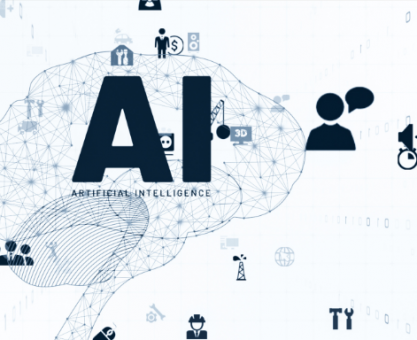Executive Summary
-
AI technologies are transforming carbon credit trading by enhancing efficiency, accuracy, and scalability.
-
Automated trading systems and predictive analytics are improving market liquidity and price discovery.
-
Machine learning algorithms are helping in risk management and fraud detection in the carbon markets.
-
The integration of AI with blockchain ensures transparency and traceability in carbon credit transactions.
Introduction
As global concerns about climate change intensify, the carbon credit market has emerged as a pivotal mechanism for reducing greenhouse gas emissions. The market presents a complex web of trading dynamics that requires precise and swift decision-making. Here, Artificial Intelligence (AI) is becoming an indispensable tool. This article explores how AI technologies are reshaping carbon credit trading, offering insights crucial for investors, regulators, and environmental advocates.
Definitions / Context
Carbon Credit Trading: A system where companies can buy or sell allowances for emissions, incentivizing the reduction of greenhouse gases.
Artificial Intelligence (AI): The use of computer systems to perform tasks that normally require human intelligence, such as decision-making and pattern recognition.
Understanding these terms sets the stage for exploring how AI applications are being employed to optimize carbon credit trading.
Benefits / Pros
-
Enhanced Market Efficiency: AI automates trading processes, reducing transaction times and costs.
-
Improved Price Discovery: AI algorithms analyze vast datasets to predict market trends, aiding investors in making informed decisions.
-
Risk Management: Machine learning models detect potential market anomalies and fraudulent activities, protecting traders from financial losses.
-
Scalability: AI systems handle large volumes of transactions, facilitating market growth and the inclusion of more participants.
Risks / Cons / Challenges
-
Data Privacy Concerns: The extensive use of data analytics raises issues around data security and privacy.
-
Algorithmic Bias: AI systems may perpetuate existing biases in data, leading to unfair trading practices.
-
Dependence on Technology: Over-reliance on AI systems could pose risks if there are system failures or cyber-attacks.
How to Implement AI in Carbon Credit Trading
-
Assess Needs and Objectives: Identify specific areas where AI can add value to your trading operations.
-
Select Appropriate AI Tools: Choose AI platforms and technologies that align with your trading goals.
-
Integrate with Existing Systems: Ensure seamless integration of AI tools with current trading infrastructures.
-
Train AI Models: Utilize historical data to train AI models for accurate predictions and decision-making.
-
Monitor and Optimize: Continuously assess AI performance and make necessary adjustments to enhance effectiveness.
A renewable energy firm successfully integrated AI-driven analytics to optimize its carbon trading strategy. By implementing predictive models, the company increased its trading efficiency by 30%, reduced operational costs, and improved compliance with regulatory standards.
Case Study: Renewable Energy Firm
Expert Tips / Strategic Insights
-
Leverage AI for predictive analytics to stay ahead in fluctuating carbon markets.
-
Stay updated with regulatory changes to ensure AI implementations comply with ethical and legal standards.
Tools / Resources / Calculators
-
AI Trading Platforms: Explore platforms like AlphaSense and Sentient Technologies for advanced trading analytics.
-
Carbon Footprint Calculators: Utilize tools like Carbon Trust to measure and manage emissions effectively.
Conclusion
AI is revolutionizing the carbon credit market by making it more efficient, transparent, and accessible. For businesses and investors, leveraging AI can lead to smarter trading strategies, reduced risks, and a significant impact on environmental sustainability. To explore how AI can enhance your carbon credit trading, consider seeking expert advice tailored to your specific needs.























